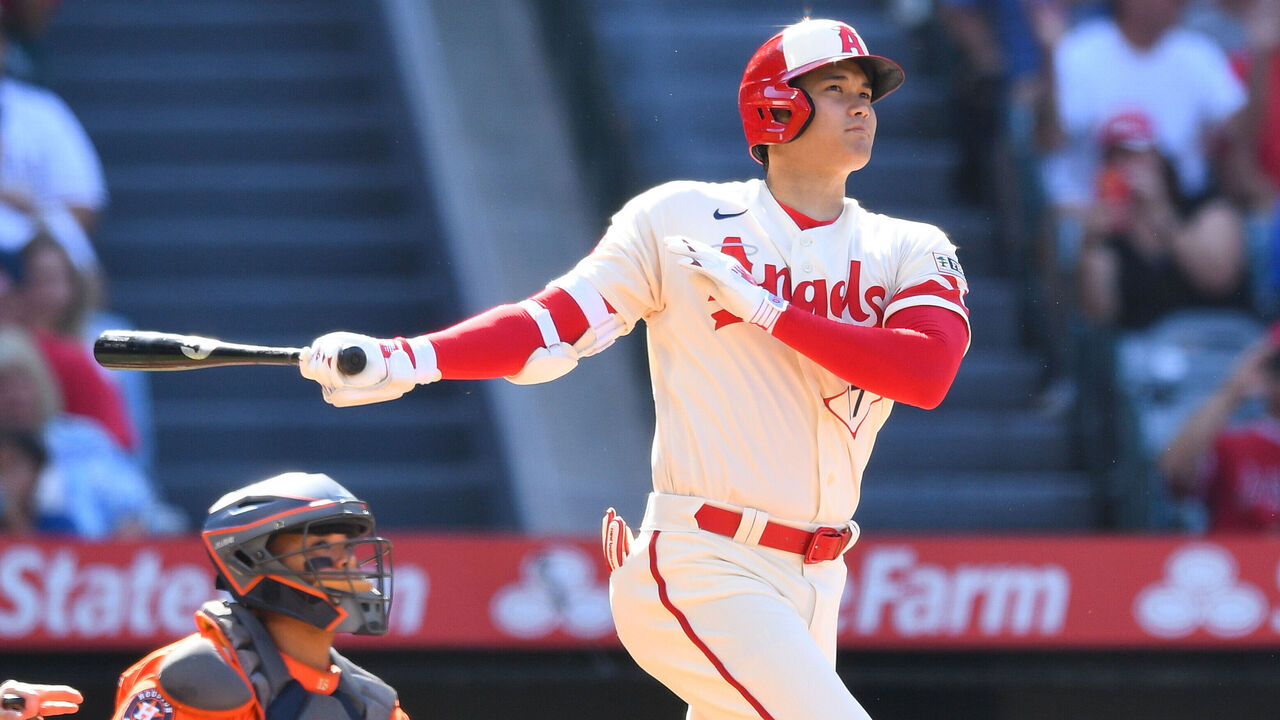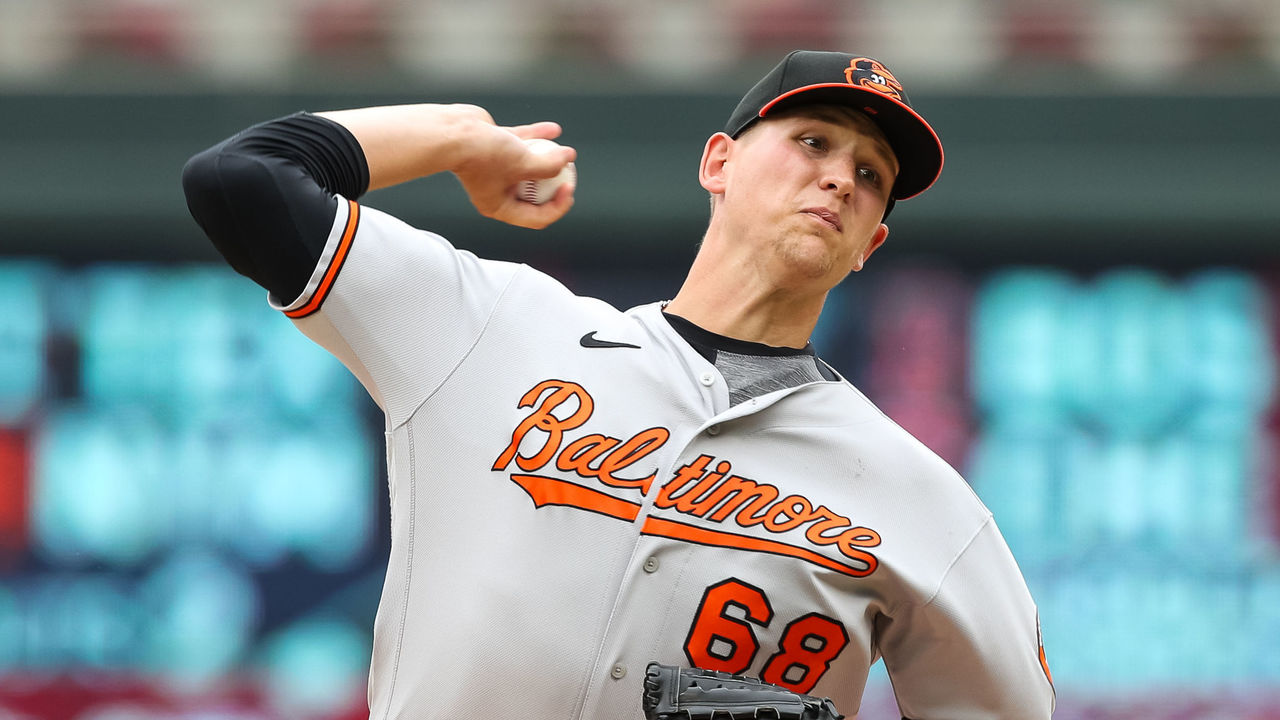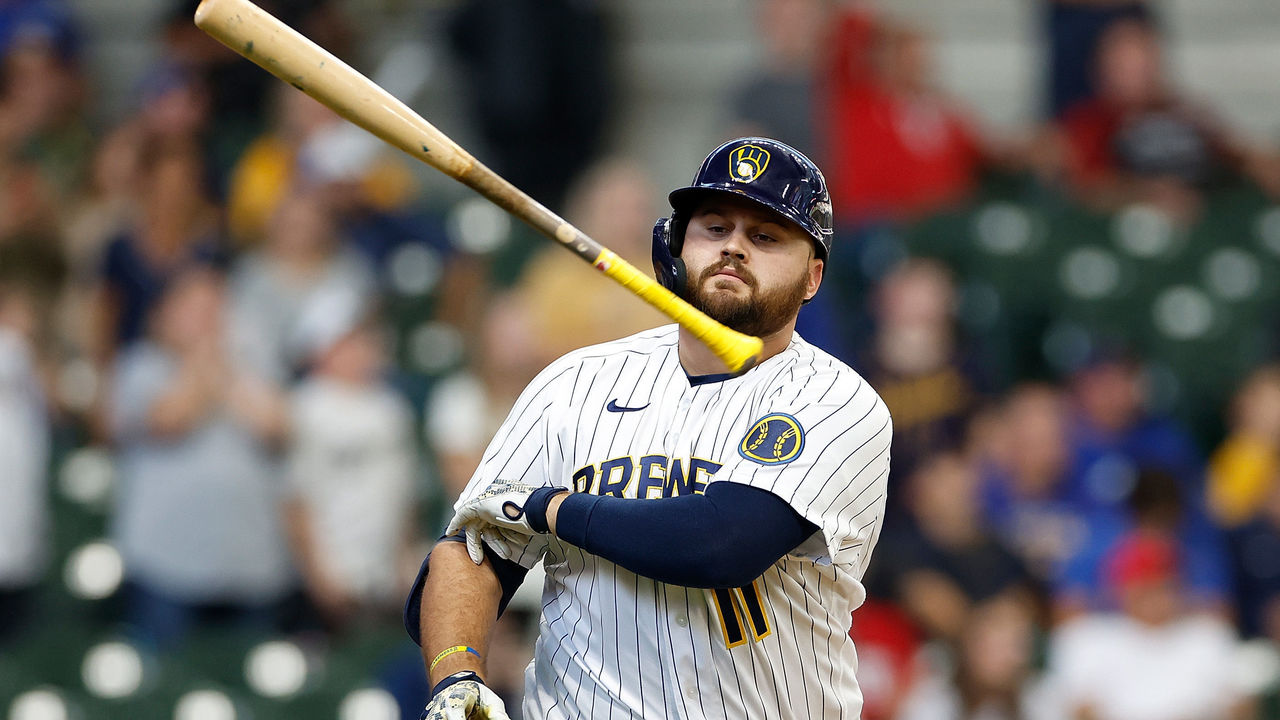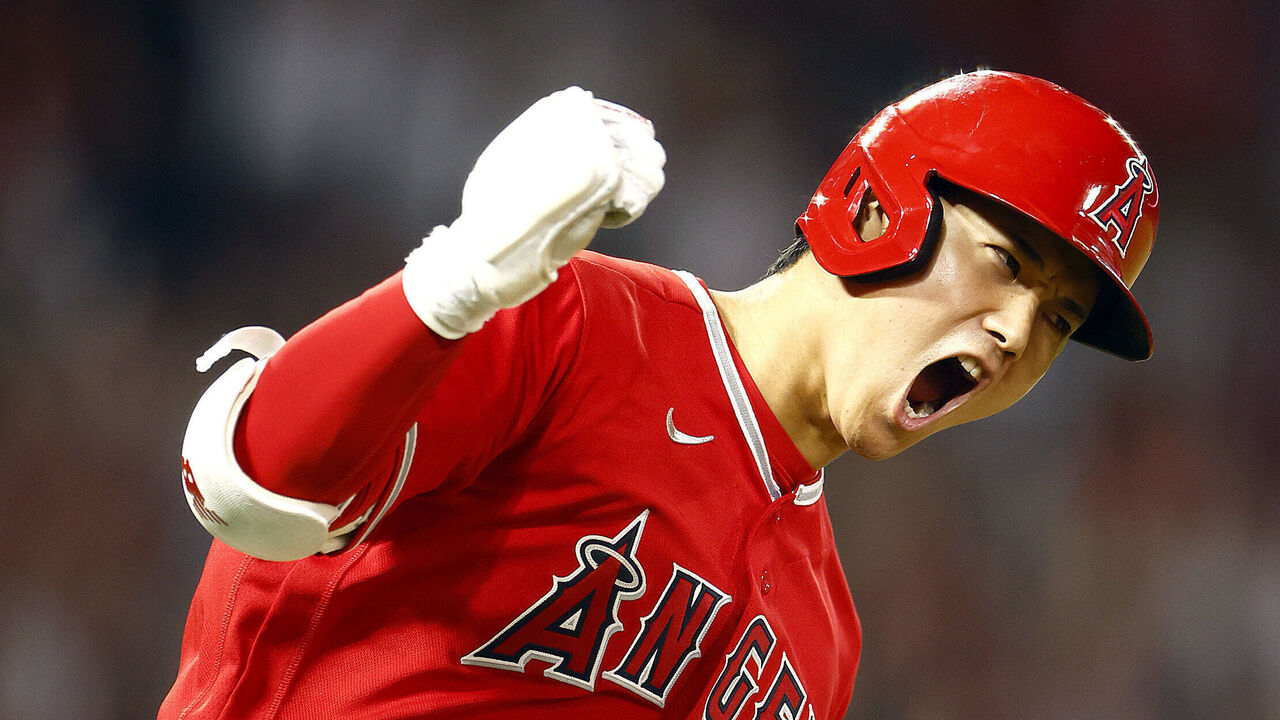Evaluating which teams would benefit most from an Ohtani deadline trade
Having fallen to the outskirts of the wild-card chase, and with Mike Trout injured, the Los Angeles Angels have become open to the idea of trading baseball's two-way superstar, Shohei Ohtani.
Ohtani could become the ultimate two-month rental - perhaps three months when including October - for contenders leading into the Aug. 1 trade deadline.
A trade involving Ohtani is rooted in logic since the Angels are unlikely to reach the playoffs and have a terrible track record of identifying and developing prospects. On the cusp of being the most coveted and most expensive free agent in baseball history this offseason, he could net the Angels some new pieces for the pipeline.
Every team would benefit on the field and at the turnstiles by adding Ohtani. But we were curious to evaluate which hopeful contenders would benefit the most. We're excluding the Dodgers because the Angels reportedly won't consider trading him to their market rival, which is considered among the favorites, if not the favorite, to sign Ohtani as a free agent.

To be considered in this exercise, a club must own a playoff probability of 20% or better entering play Wednesday. (The Angels are at 11% on FanGraphs.) This includes the Braves, Phillies, Marlins, Giants, Diamondbacks, Brewers, Padres, Rays, Blue Jays, Orioles, Yankees, Red Sox, Twins, Guardians, Rangers, and Astros.
The clubs that Ohtani would help most are those contenders with voids at the top of their rotations and/or lack an impact bat at designated hitter. But we also considered other factors such as a lack of platoon balance in their lineups, and it also wouldn't hurt to play in a ballpark more favorable to left-handed hitting. We'll award points based on these criteria to arrive at a best-fit ranking.
Because Ohtani will be a relative bargain for the rest of the season - he'll be owed $10 million for the final two months, and he'll sell tickets - just about every market size ought to be in the running.
We'll eliminate one more team, the Braves, who are the only organization to lack at least one top-50 prospect, according to MLB Pipeline and FanGraphs rankings. The package for Ohtani is expected to be pricey for a rental. The Braves also own the best division and World Series odds. One could argue that lessens the incentive.
So where does Ohtani best fit? Let's explore.
Who needs an ace?
Having an ace pitcher is the most important piece for hopeful contenders in not only reaching the postseason but advancing through it.
We examined two criteria to identify top-of-the-rotation arms: strikeout-minus-walk rate, which measures largely what resides within a pitcher's control (minimize walks and miss opponents' bats), and FanGraphs WAR total, another measure of performance quality.
There are 18 qualified starting pitchers who enjoyed K-BB spreads of at least 20% entering play Wednesday, and there were 27 qualified pitchers with 2-plus WAR. Fifteen pitchers qualified in both categories.
Many contenders have at least one arm that meets either of those thresholds, and the Phillies, Marlins, Giants, Twins, and Astros each roster two. They have less need to add Ohtani's pitching prowess.
Four contenders lack such an arm: the Brewers, Orioles, Red Sox, and Guardians.

This is arguably where Ohtani would make the most impact: as a front-line starter who could not only help one of these teams reach the postseason but could start in the wild-card round or in multiple games once series extend to best-of-sevens.
Who needs a DH?
Any team would find a place for Ohtani in their lineup, but he ideally slots in at DH given his dual-role usage.
While DH is often an afterthought in team construction, there's great variance in how teams are performing at the position this year.
Some contenders have extracted great value, such as the Red Sox (3.7 WAR) and Marlins (2.4). Others have seen the position become a black hole, like the Brewers (minus-1.6) and Padres (minus-0.5).

Some contenders already have significant injuries to stars who play DH (Astros and Yordan Alvarez) or could face a crowding at the position (Yankees). This was all taken into consideration.
Help wanted: Left-handed hitting
While this is a lesser concern and weighted much less heavily in our formula, teams don't want to become too dominant on one side of the plate, as that allows opponents to match up more easily against them.
The Blue Jays had dramatic platoon issues last year. Their significant right-handed tilt has lessened this season but remain one of the most right-handed-heavy lineups in the game.

The Astros' lineup has become the most right-handed-heavy in the majors with just 475 left-handed plate appearances against righties this season. They should get the left-handed-hitting Alvarez back from his oblique injury in the near future now that he's begun his rehab stint in Triple-A.
Despite their short porch in right field, the Yankees rank in the bottom third of plate appearances by left-handed hitters versus right-handed pitching.
Home cooking
Another lesser consideration is that baseball is, of course, the only major sport in North America where home venues don't have uniform dimensions.
The Orioles have the most extreme ballpark splits in the game, which is one reason they've loaded up on left-handed bats.

Camden Yards is really two different parks, depending on which side of the plate one hits from. It is the fifth-most friendly ballpark for left-handed home runs but the fourth-least favorable for right-handed power. Overall, Camden owns a 101 park factor for left-handed hitters and a 95 mark for right-handed batters.
Boston is the most favorable park for left-handed batting, according to Baseball Savant's three-year rolling metric. San Diego is the least favorable.
Bye, bye, bye
The chances of clinching a bye is an important a factor when considering making a substantial offer for the ultimate two-month rental.
The Rangers and Rays have about a 60% chance at opening-round byes as of Wednesday, with the Orioles, Astros, and Giants holding probabilities in the 22-28% range. Ohtani could impact those races.
And the best fit is ...
The formula is based on a maximum of 30 points each for already having one or more elite pitchers, the need at DH, and a higher probability of clinching a playoff spot. Up to 7.5 points were added for platoon splits and ballpark friendliness for left-handed hitters. I also added or subtracted a couple of points for market size since a larger-market team could have the opportunity to overwhelm Ohtani with an extension offer before he hits free agency. A lower score denotes a stronger need for Ohtani.
The Brewers need rotation and DH help, so they graded out on top. They could use another left-handed bat - especially with Rowdy Tellez's recent injury. They're going to be hard-pressed to hold off the Cincinnati Reds without help. Ohtani would make the most impact in Milwaukee.
Ohtani could also move the needle in the AL East where the Orioles, Blue Jays, and Rays are all competing for one postseason bye, and where Ohtani would fill glaring needs.
The Orioles don't have an ace and have extreme ballpark splits. The Blue Jays need a left-handed power bat arguably more than any other contender, and a Kevin Gausman-Ohtani one-two punch in the rotation could make a major impact. The Rays have cooled after a historic start. Who better than to inject some life into a club?

Ohtani also could help the Rangers solidify their surprising ascendance in the AL West and would make up for the loss of Jacob deGrom.
Ohtani would help any club down the stretch, but those five clubs could use him the most.
Travis Sawchik is theScore's senior baseball writer.